Enrolling in the best affordable mathematics and statistics degree programs greatly lowers the probability that students will have a large loan debt at graduation. Low cost mathematics and statistics degree programs offer quality learning at a fraction of the price. High-value mathematics and statistics degrees are the perfect solution to exponential tuition hikes in recent years. Without financial stress, mathematics and statistics majors can focus on mastering complex equations that illuminate data trends. Studying mathematics and statistics gives bachelor’s graduates the logical critical thinking skills many employers seek. The U.S. News & World Report recognized statisticians for having the second best STEM job with low 0.9 percent unemployment. For 2019, the 2,580 mathematicians nationwide hold America’s 17th best career. Getting a cost-effective mathematics and statistics degree will provide a big ROI while applying the ancient theories of Archimedes and Pythagoras in the 21st century.
Our Methodology
Affordable Schools ran the numbers to find the most affordable university for mathematics and statistics degree majors seeking the formula to success. We started our research with the National Center for Education Statistics(NCES) College Navigator database. Our analysts input advanced search criteria to locate B.A./B.S. degrees in mathematics and statistics fields. We soon formed an initial pool of 25 inexpensive mathematics and statistics schools. Next, we surveyed the attendance costs to narrow down the four-year U.S. institutions. Our staff used the estimated average in-state tuition figures to keep the 15 least expensive. Though not a factor, out-of-state enrollment expenses were included for reference. The highest preference was given for colleges charging full-time state residents under $7,500. We graded each university with one to three points based on the following affordability rubric.
Points:
Under $7,500: 3 Points
$7,500 to $15,000: 2 Points
$15,001 and Up: 1 Point
The AS Staff believes affordable colleges for mathematics and statistics degree programs shouldn’t sacrifice on quality or rigor. Given that, we made sure that each school had regional accreditation listed on the Office of Postsecondary Education database. Meeting accreditation standards is crucial for mathematics and statistics courses to transfer, count for graduate school, and qualify for financial aid. Finally, we conducted our own numerical analysis on university data like student/faculty ratio from NCES. This proportion tells us how many learners each professor is responsible for on average. Student-faculty ratios of 10:1 or less demonstrate the most student engagement. Learners spend more time at the whiteboard doing challenging practice problems than watching. Colleges with small classes have more research, internship, and mentorship opportunities. Our team used the three-point rubric below and added up point totals to arrange the most economical mathematics and statistics degree options.
Points:
10:1 or Less: 3 Points
11:1 to 15:1: 2 Points
Greater Than 15:1: 1 Point
Ranking the 15 Best Affordable Mathematics and Statistics Degree
15. Castleton University
Castleton, VT
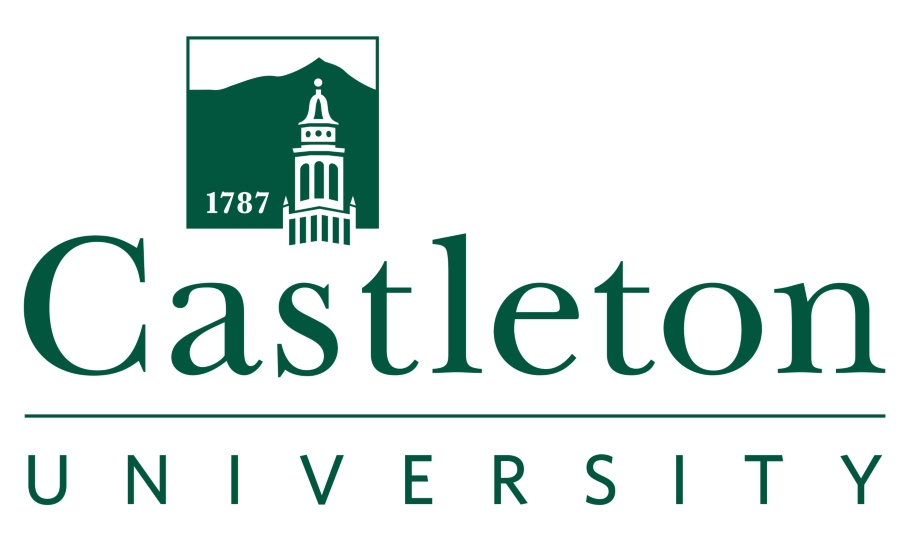
Total Points: 4
Program Website
Starting the STEAM Academy in Fall 2019, Castleton University is a public, four-year Little East constituent. It has 134 faculty teaching 2,191 students from 36 nations. In 2016, Castleton received the Vermont State Colleges System’s Spirit of the ADA Award. It was also awarded a 2018 National Science Foundation SEE Innovation Grant. The U.S. News & World Report ranked Castleton University 30th in the North. Castleton was named:
- America’s 474th most diverse school on Niche
- 128th top statistics program by College Factual
- 220th best liberal arts college in Washington Monthly.
At Stafford Academic Center, the Department of Mathematics presents a top-value B.S. for undergrads to interpret abstract and concrete data patterns. The 122-credit, NEASC-accredited degree program has three optional specializations:
- Statistics
- Elementary Math Education
- Secondary Math Education
Students may also:
- join the Society of Industrial & Applied Mathematics
- intern in Burlington School District
- tutor at the Math Clinic
- exchange to John Cabot University
- volunteer with Habitat for Humanity
- earn the Maple Award.
Bachelor of Science in Mathematics
In-State Tuition: $12,314
Out-of-State Tuition: $28,322
Student-Faculty Ratio: 15:1
14. Southwest Minnesota State University
Marshall, MN
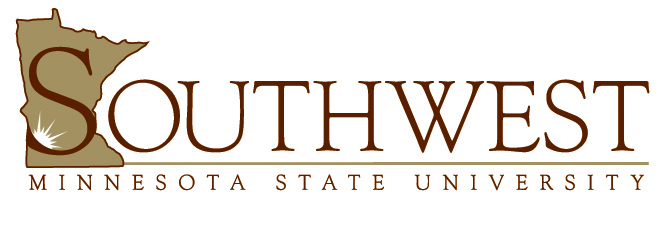
Total Points: 4
Program Website
Affiliated with NASA’s Minnesota Space Grant Consortium since 1999, Southwest Minnesota State University is a public, coed MNSCU member. It enrolls 6,910 students from 27 countries. It has a with 59 percent retention rate. In 2019, Southwest Minnesota was a NCAA Division II Award of Excellence finalist. Southwest Minnesota State received the 2018 CASE Pride of District V Award. The U.S. News & World Report ranked SMSU within the top 165 Midwest universities. SMSU was named
- America’s 435th best value in Money
- 304th safest community on Niche
- 652nd top institution by Washington Monthly.
The College of Arts, Letters & Science admits freshmen with minimum 990 SAT scores into the Mathematics B.A., Mathematics Education B.S., or Applied Computational Mathematics B.S.The 120-credit, HLC-accredited programs share core courses from Linear Algebra to Differential Equations. Undergrads may also:
- join STEM Club
- utilize Geometer’s Sketchpad software
- secure 12-week internships like Securian Financial
- receive the Abacus Fund Scholarship
- explore Sweden.
Degree Options:
Bachelor of Arts in Mathematics
Bachelor of Science in Applied Computational Mathematics
Bachelor of Science in Mathematics Education
In-State Tuition: $8,612
Out-of-State Tuition: $8,612
Student-Faculty Ratio: 14:1
13. Chadron State College
Chadron, NE
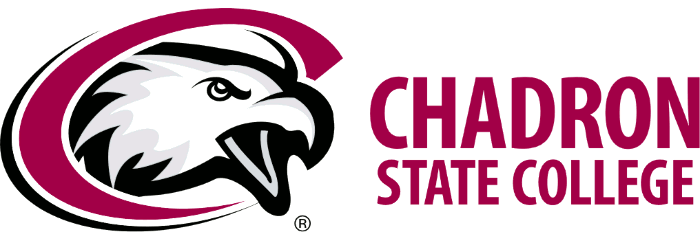
Total Points: 4
Program Website
Chadron State College is a public, four-year Panhandle RMC member. It was founded in 1911. CSC enrolls 1,920 undergrad from 41 states. It offers 52 inexpensive majors online and at the 281-acre Great Plains campus. In 2019, CSC was a Nebraska State Colleges System Teaching Excellence Award winner. Military Times Edge ranked Chadron 17th nationally among business schools. CSC was named:
- America’s fifth best distance institution by Guide to Online Schools,
- 276th safest campus on Niche
- 263rd top value on College Factual.
It was gifted $500,000 by the Sunderland Foundation for its Math Science Initiative,
The School of Business, Mathematics & Science grants a top-value B.S. in Mathematics face-to-face or on Smart Board for flexible problem-solving practice. The 120-credit, HLC-accredited inexpensive degree path accelerates through eight-week courses like College Geometry and Operations Research. Students might also:
- declare the Applied Statistics Minor
- add the Secondary Education (6-12) Endorsement
- pledge Kappa Mu Epsilon
- join United Club
- travel to Havana
- intern at Northrop Grumman.
Degree Options:
Bachelor of Science in Mathematics
In-State Tuition: $7,384
Out-of-State Tuition: $7,414
Student-Faculty Ratio: 18:1
12. Alcorn State University
Lorman, MS

Total Points: 4
Program Website
Alcorn State University is a public, land-grant SWAC member. It was founded in 1871 for freed slaves. It enrolls 2,500 full-time and 348 part-time students at three Delta locations. In 2019, ASU earned a National Science Foundation Grant for its Teach STEM Project. Alcorn was the 2018 Third Place Mathematics Award winner at the Mississippi Academy of Sciences. The U.S. News & World Report ranked Alcorn State University 89th in the South. ASU was named:
- America’s 264th best faculty on Niche
- seventh best HBCU by College Consensus,
- 234th top value in The Economist.
The School of Arts & Sciences has a 79 percent acceptance rate into its affordable Mathematics BS or Math Education BS for Mississippi 7-12 teacher certification. These 120-credit, SACS-accredited opportunities teach important models from Cramer’s Method to the Cayley Hamilton Theorem. Learners can also:
- semester in Morocco
- conduct Alcorn Experiment Station research
- join the Student National Education Association
- attend the STEM Camp
- become Provost Scholars
- intern at Akuna Capital.
Degree Options:
Bachelor of Science in Mathematics
Bachelor of Science in Math Education
In-State Tuition: $7,084
Out-of-State Tuition: $7,084
Student-Faculty Ratio: 18:1
11. University of Houston-Downtown
Houston, TX

Total Points: 4
Program Website
The University of Houston-Downtown is a public, four-year UH System branch founded in 1974. It has an enrollment of 14,265 students and 47,721 alumni. In 2016, UHD won the Bobby G. Bizzell Innovative Achievement Award. In 2019 MAA it took the Texas Distinguished University Teaching of Mathematics Award . The U.S. News & World Report ranked UH-Downtown among the top 127 Midwest schools. UHD was deemed:
- America’s 419th best location on Niche
- 269th top value by WalletHub
- 290th most diverse school on College Factual
The College of Sciences & Technology has 66 percent retention for number lovers seeking an affordable B.A. in Mathematics, B.S. in Mathematics, or B.S. in Applied Statistics. The 120-credit, SACS-accredited degree programs share core courses like Pre-Calculus with an optional Secondary Mathematics Teacher track. Undergrads could also:
- become C4MS2 Peer Tutors
- intern in the Mayor’s Office of Economic Development
- join Kappa Delta Chi
- pass the Math Bypass Exam
- take the UHD in Poland trip.
Degree Options:
Bachelor of Arts in Mathematics
Bachelor of Science in Mathematics
Bachelor of Science in Applied Statistics
In-State Tuition: $6,500
Out-of-State Tuition: $16,460
Student-Faculty Ratio: 19:1
10. Eastern New Mexico University
Portales, NM
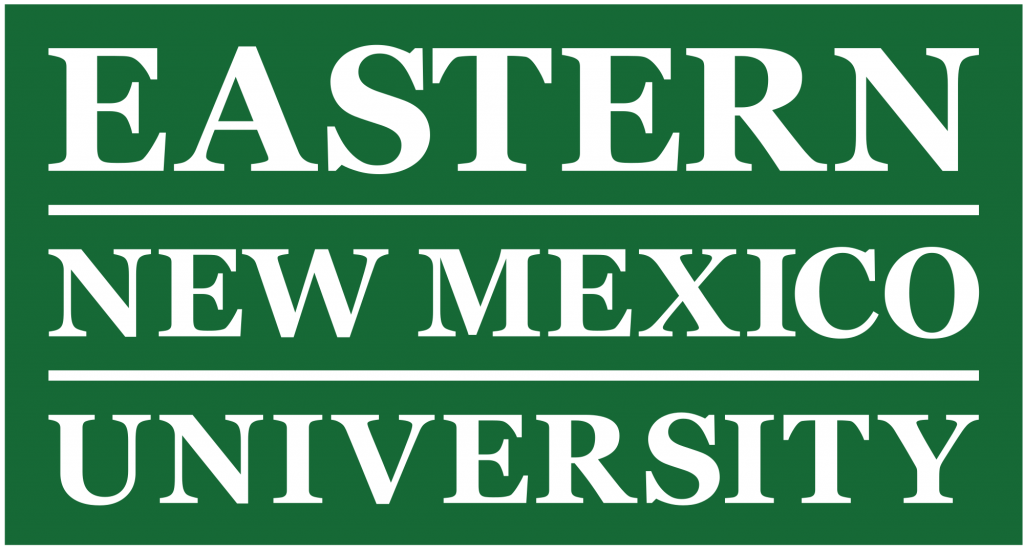
Total Points: 4
Program Website
Eastern New Mexico University is the Land of Enhancement’s largest public, four-year Division II school. It enrolls 6,015 students from 29 countries. It offers more than 60 inexpensive majors with 97 percent student satisfaction. Since 2011, ENMU has received the Department of Education’s Hispanic-Serving Institution STEM Grant. Eastern New Mexico earned a 2017 LSC Academic Excellence Award. The U.S. News & World Report ranked Eastern New Mexico in the top 127 Western colleges. ENMU was named:
- America’s 443rd best faculty on Niche
- 179th best applied mathematics curriculum by College Factual.
The College of Liberal Arts & Sciences offers the inexpensive B.S. in Mathematics, B.S. in Secondary Math Education, or B.S. in Industrial Mathematics and Statistics. The 120-credit, HLC-accredited low-cost degrees have hybrid or fully online courses like Trigonometry and Probability on Blackboard. Other opportunities include:
- presenting at the Research & Creativity Conference
- joining the Alpha Sigma Lambda Omicron Alpha Chapter
- attending Dawg Days
- entering the LEAD Program.
Degree Options:
Bachelor of Science in Mathematics
Bachelor of Science in Secondary Math Education
Bachelor of Science in Industrial Mathematics and Statistics
In-State Tuition: $6,326
Out-of-State Tuition: $8,247
Student-Faculty Ratio: 17:1
9. University of Texas of the Permian Basin
Odessa, TX
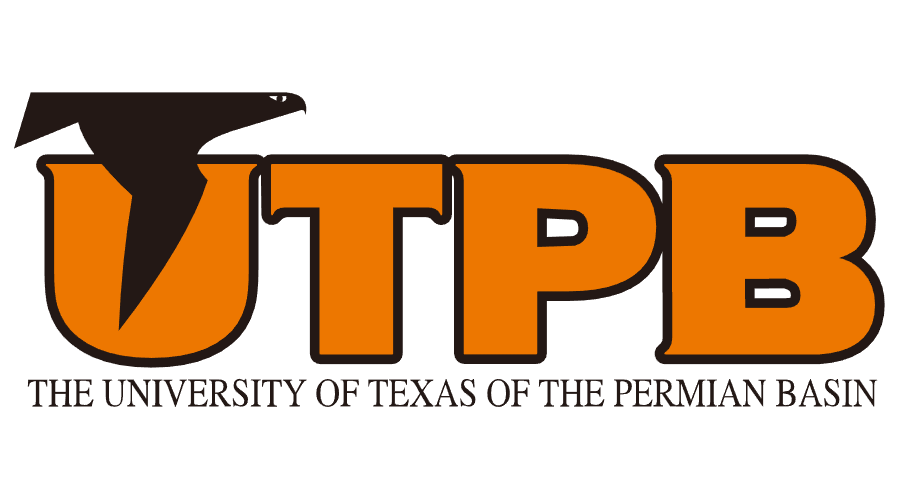
Total Points: 4
Program Website
The University of Texas of the Permian Basin is a public, coed Hispanic-serving institution. It enrolls 4,478 undergraduates Falcons on its 644-acre campus. In 2015, UTPB earned the Silver Safety through Exemplary Performance Award. It was also awarded a 2018 National Science Foundation STEM Grant. The U.S. News & World Report ranked UT-Permian Basin 173rd for online education. UTPB was named:
- America’s 242nd best dining experience on Niche
- 149th best value by College Factual
- 87th safest campus on WalletHub.
The College of Arts & Science offers an affordable B.S. in Mathematics for undergrads to better understand the relations between numbers. The 120-credit, SACS-accredited degree path offers accelerated seven-week or traditional 15-week semesters for courses from Algebraic Structures to Intermediate Analysis. Majors might also:
- take the TExES Exam
- join the West Texas Math Consortium
- volunteer with Math Counts
- continue on to earn the Master of Arts
- add the Energy Business Certificate.
Degree Options:
Bachelor of Science in Mathematics
In-State Tuition: $6,260
Out-of-State Tuition: $7,100
Student-Faculty Ratio: 20:1
8. Brigham Young University
Provo, UT
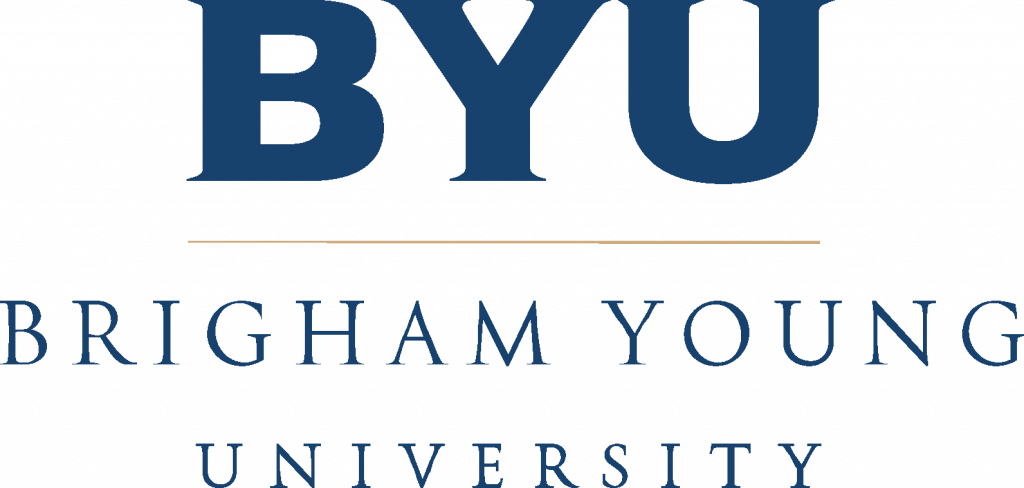
Total Points: 4
Program Website
Brigham Young University is a nonprofit, space-grant LDS Church member. Its enrollment 33,633 students from 105 countries. In 2016, BYU earned the Mathematical Association of America’s Haimo Award. Brigham Young claimed the 2014 AMTE Excellence in Teaching Mathematics Award. The U.S. News & World Report ranked Brigham Young University 86th for math. BYU was named:
- America’s third best Christian school on Niche
- top value in Forbes
- 13th best-run college by The Princeton Review.
Founded in 1972, the College of Physical & Mathematical Sciences offeres a low-cost Mathematics BS, Mathematics Education BS, and Statistics BS in Provo to nurture logical reasoning skills. The 120-credit, NWCCU-accredited cheap degree programs require minimum 3.0 GPAs in three emphases:
- Applied & Computational Math
- Applied Statistics & Analytics
- Biostatistics.
Students may also:
- undertake Matrix Theory Lab projects
- read the Monday Math Memo
- join Women in Math
- complete Peru or Chile missions.
Degree Options:
Bachelor of Science in Mathematics
Bachelor of Science in Mathematics Education
Bachelor of Science in Statistics
In-State Tuition: $5,620
Out-of-State Tuition: $5,620
Student-Faculty Ratio: 20:1
7. Western Carolina University
Cullowhee, NC
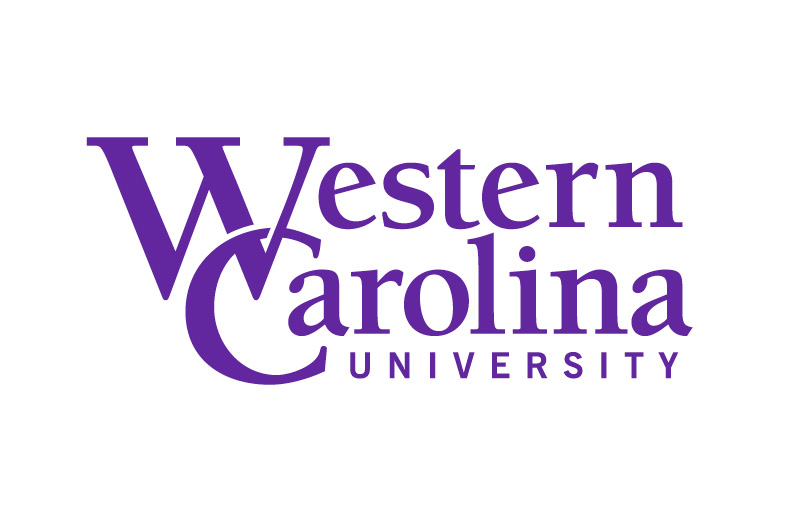
Total Points: 4
Program Website
Western Carolina University is a public, coed Southern Conference member. It enrolls 11,500 student in 115 majors. In 2019, WCU was a Mathematical Association of America Distinguished Service Award winner. It received a 2018 APR Public Recognition Award. The U.S. News & World Report ranked Western Carolina University 151st for math education. WCU was named:
- America’s 280th most conservative college on Niche
- 176th best value on WalletHub
- 58th top choice by the Social Mobility Index.
It has hosting the Annual Mathematics Contest for nearly 50 years.
At Stillwell Hall, the College of Arts & Sciences offers an affordable B.S. in Mathematics and B.S.Ed. in Mathematics Education. The 120-credit, SACS-accredited curricula offers four concentrations:
- Data Science
- Actuarial Science
- Applied Math
- Traditional Math
Students can also:
- access the Linux Lab
- intern in Jackson County School District
- join the NCTM Student Affiliate
- Cullowhee Creek Field Station research
- tour China.
Degree Options:
Bachelor of Science in Mathematics
Bachelor of Science in Education – Mathematics Education
In-State Tuition: $3,926
Out-of-State Tuition: $7,926
Student-Faculty Ratio: 17:1
6. Delta State University
Cleveland, MS

Total Points: 5
Program Website
Delta State University is a public, four-year Gulf South member. It enrolls 3,784 students from 52 countries in 42 fields. In 2018, DSU won the WileyPlus Nexty Award for Best Overall Course. It was a 2019 NCAA Division II Elite 90 Award recipient. The U.S. News & World Report ranked Delta State University in the top 141 Southern institutions. DSU was named:
- America’s 431st best faculty on Niche
- 278th top value by College Factual
- 333rd best college by Washington Monthly.
The Division of Mathematics & Sciences offers an inexpensive BS in Mathematics or BSE in Mathematics for licensed content teaching in grades 7-12. The 120-credit, SACS-accredited options include courses like Intermediate Statistics and Quantitative Reasoning. Undergrads may also:
- declare the Pre-Engineering Track
- earn the William D. Conner Scholarship
- pledge Kappa Mu Epsilon
- join the MAA Chapter
- network with Statesmen Connect
- exchange to Katholieke Universiteit Leuven.
Degree Options:
Bachelor of Science in Mathematics
Bachelor of Science in Education – Mathematics
In-State Tuition: $7,246
Out-of-State Tuition: $7,246
Student-Faculty Ratio: 13:1
5. Minot State University
Minot, ND
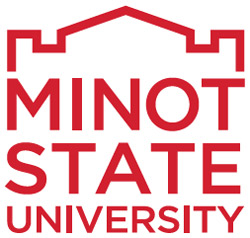
Total Points: 5
Program Website
Minot State University is North Dakota’s third-largest public, coed NSIC member. It was founded in 1913 and 2,279 students from 31 countries. In 2018, MiSU won the North Dakota Center for Persons with Disabilities Access Award. It also won the 2000 NDASFAA President’s Award. The U.S. News & World Report ranked Minot 248th for online undergrad education. MiSU was named:
- America’s 178th top teaching college on Niche
- 167th best value by College Factual
- 548th best university in Washington Monthly.
The Math & Computer Science Department offers and inexpensive Mathematics B.A. or Mathematics B.S.E. program with hands-on experience analyzing numerical data. The 120-credit, HLC-accredited paths offer electives from Abstract Algebra to Mathematical Programming. Undergrads may also:
- attend Math Talks
- apply for the Gordon R. Olson Math Scholarship
- add the Applied Statistics Minor
- summer in Salamanca
- compete with DECA Team.
Degree Options:
Bachelor of Arts in Mathematics
Bachelor of Science in Education with Mathematics Major
In-State Tuition: $7,064
Out-of-State Tuition: $7,064
Student-Faculty Ratio: 12:1
4. Mississippi University for Women
Columbus, MS

Total Points: 5
Program Website
Mississippi University for Women is a public, space-grant women’s AASCU member. It enrolls 3,465 In 2016, MUW received the National Science Foundation Women in Computing Grant. It earned its fifth President’s Higher Education Community Service Honor Roll Award in 2018. The U.S. News & World Report ranked Mississippi University for Women 19th in the South. It was named America’s 53rd best bang for the buck in Washington Monthly and 208th best dining food on Niche.
The College of Arts, Sciences & Education offers a low-cost B.A./B.S. in Mathematics with optional 7-12 teacher certification for supreme quantifying skills. The 124-credit, SACS-accredited plan requires the Comprehensive Exit Exam. Students can also:
- conduct Reneau Mathematics Lab projects
- utilize Hawkes Learning Systems software
- celebrate Sonia Kovalevsky Mathematics Day
- join Kappa Mu Epsilon.
Degree Options:
Bachelor of Arts in Mathematics
Bachelor of Science in Mathematics
In-State Tuition: $6,940
Out-of-State Tuition: $6,940
Student-Faculty Ratio: 14:1
3. Mayville State University
Mayville, ND
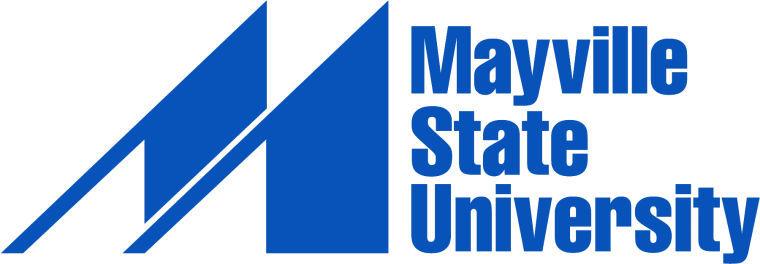
Total Points: 5
Program Website
Mayville State University is a public, state-funded NSAA member. It was created in 1889 by the North Dakota Constitution. It enrolls 1,184 students and offers 77 affordable majors. In 2015, MSU accepted two North Dakota ACEC Excellence Awards. It won Online Course Report’s 2017 Best College for Servicemembers Award. The U.S. News & World Report ranked MSU the fourth top public Midwest college. MSU was named:
- America’s 594th hardest school on Niche
- 48th best teacher educator by College Factual
- 138th top ROTC college in Washington Monthly.
It’s known for its Education & Innovation Center’s STEM Carnival.
The Mathematics Department offers a best-value B.S. or B.S.E. for students drawn to numerical analysis. Yhe 128-credit, HLC-accredited hybrid programs mandate 2.75 GPAs throughout courses from Trigonometry to Statistical Probability. Students might also:
- join the Education Association
- engage with Campus Crusade
- declare the Pre-Medicine Minor
- attend the STEM Boot Camp
- apply for the Kenneth Eastman Scholarship
- intern with NASA.
Degree Options:
Bachelor of Science in Mathematics
Bachelor of Science in Education – Mathematics Education
In-State Tuition: $6,666
Out-of-State Tuition: $9,399
Student-Faculty Ratio: 14:1
2. Central State University
Wilberforce, OH
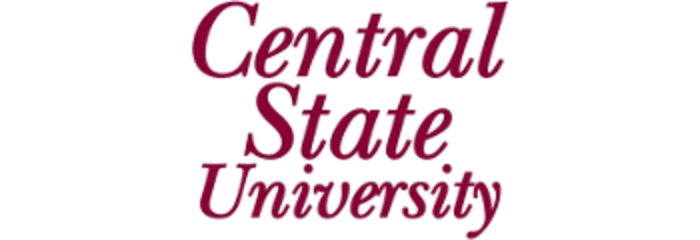
Total Points: 5
Program Website
Central State University is a public, land-grant SIAC member founded in 1887. In 2017, Central State had five SOCHE Faculty Excellence Award finalists. The first African-American female PhD in Mathematics, Thyrsa Frazier Svager, taught at CSU. The U.S. News & World Report ranked CSU among the top 79 Midwest choices. CSU was named:
- America’s 251st best party school on Niche
- 278th most focused math university by College Factual
- 24th best for vets in GI Jobs.
It is esteemed for its Minority Analyst Project with Clarkson Aerospace.
The College of Engineering, Science & Technology offers and affordable BS in Mathematics or BS in Mathematics Education to teach proven computational techniques. The inexpensive, 124-credit, HLC-accredited curricula covers wide-ranging topics from Calculus to Functions of a Complex Variable. Majors may also:
- join Possibilities of Success
- intern at American Financial Group
- participate in Upward Bound
- conduct research in the Center of Excellence in STEM
- explore Nicosia.
Degree Options:
Bachelor of Science in Mathematics
Bachelor of Science in Mathematics Education
In-State Tuition: $6,346
Out-of-State Tuition: $8,346
Student-Faculty Ratio: 13:1
1. Elizabeth City State University
Elizabeth City, NC
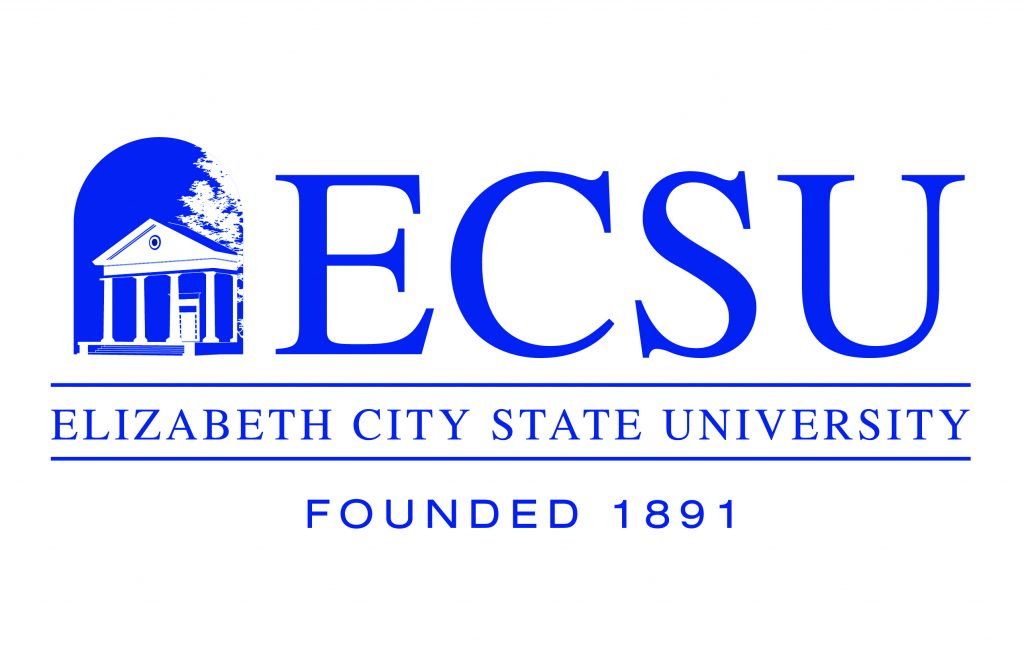
Total Points: 5
Program Website
Elizabeth City State University is a public, coed UNC System constituent. It enrolls 1,443 full-time and 245 part-time students with an average 3.23 GPA. In 2014, ECSU took Diverse Issues in Higher Education’s top place for the most African-American mathematics graduates. Elizabeth City State earned the 2019 Board of Governors Teaching Excellence Award. The U.S. News & World Report ranked ECSU 71st in the South. It was also named America’s best HBCU by Student Loan Hero and 181st most focused math school on College Factual.
The Department of Mathematics & Computer Science offers one of the most affordable B.S. in Mathematics for practice deriving meaning from number sets. The 120-credit, SACS-accredited program progresses through courses like Programming and Elements of Real Analysis to the Exit Seminar. Students might also:
- pursue the 4+1 M.S. in Math Education
- join the American Statistical Association
- intern at Bank of America
- apply for Noyce Scholars
- join DEW Girl Power,
- participate in the Undergraduate Research Experience.
Degree Options:
Bachelor of Science in Mathematics
In-State Tuition: $3,194
Out-of-State Tuition: $7,194
Student-Faculty Ratio: 14:1
Related Resource: What is a Statistician?
Which Careers are Available After High-Value Mathematics and Statistics Degree Programs?
Attending an affordable accredited university for mathematics and statistics degree programs can provide a launching pad into highly diverse STEM jobs. For example, mathematicians perform complex calculations to resolve practical problems in industries from healthcare to energy. Statisticians infer correlations among variables by analyzing research data samples. Operations research analysts utilize mathematical modeling to advise corporations on wise business decisions. Middle and high school math teachers make lesson plans to get young people excited about equations. Actuaries apply statistical theories to determine how risky insurance industry polices are. Financial planners advise clients on how to build profitable wealth portfolios. Other careers with a low-cost mathematics and statistics degree include:
- accountant
- payroll manager
- economist
- investment banker
- survey researcher
- underwriter
- purchasing agent
- cost estimator
- fraud analyst
- data scientist.
Related Resource: What is Biostatistics?
What is the Salary Potential with an Affordable Degree in Mathematics and Statistics?
Choosing a top-value mathematics and statistics degree gives students the best chance at paying off loan debt fast with a STEM occupation that pays handsomely. In May 2018, the Bureau of Labor Statistics reported that math professionals receive a median wage of $86,700 overall. That’s much higher than the average bachelor’s salary of $61,000 on PayScale. Mathematicians reap a mean yearly profit of $104,870. Statisticians are given average compensation of $92,600. Actuaries receive median annual pay of $102,880. Operations research analysts generally make between $46,810 and $136,250. Personal financial advisors are rewarded $121,770 on average. Secondary school math teachers report mean earnings of $64,340. Salary.com found senior mathematicians with 10 years or more of experience bring home a median $111,357. Biostatisticians have an average earning potential of $120,303. Chief consulting actuaries boast mean pay of $161,800. Research & development associates make $111,300.
Related Resource: What is Geostatistics?
How is the Hiring Outlook for Low-Cost Mathematics and Statistics Degree Graduates?
Now’s an excellent time to find affordable colleges for mathematics and statistics degree programs because this STEM field is exploding with new opportunities. In fact, Forbes has predicted a $203 billion “Big Data” analytics market for math enthusiasts. The Labor Department expects mathematical occupations will grow much faster than average by 28 percent. Before 2026, there will be 33 percent more jobs for mathematicians and statisticians. Operations research analysts can expect 10-year job growth of 27 percent. Employment of actuaries will increase by 22 percent for 5,300 added positions. Demand for financial planners is rising by 15 percent. Ten percent more accountants and auditors will be hired this decade. Math education jobs have the slowest growth projection of 6 percent. Business Insider found that Massachusetts, Vermont, Minnesota, New Jersey, and North Carolina are the best at math. California, Virginia, and Maryland employ the most mathematicians.
Turn your numerical ability into profitable dollar signs by attending the best affordable mathematics and statistics degree programs for students.
Related Resource: What is the Average Salary of a Statistician?
AS Staff
Related Resource: What is Actuarial Science?
This concludes our ranking of the top 15 best affordable mathematics and statistics degree programs (bachelor’s).
Other Rankings of Interest:
- 25 Best Affordable Online Mathematics/ Statistics Education Degree Programs (Master’s)
- 25 Most Affordable Statistics Degree Programs (Master’s)
- The 50 Most Affordable Colleges with the Best Return
- The 20 Most Affordable Online Colleges
- 25 Best Affordable Online Business Administration Degree Programs (Master’s)
- 40 Best Affordable One-Year Accelerated Master’s Degree Programs
- 20 Best Affordable Online Colleges for Computer Networking Degree
- The 30 Most Affordable Online Bachelor’s-Granting Historically Black Colleges/ Universities
- 10 Most Affordable Law Schools in the United States
- 40 Best Affordable Pre-Med Degree Programs (Bachelor’s)
- 50 Most Entrepreneurial Schools in America

 The Best Colleges
The Best Colleges The Lowest Costs
The Lowest Costs The Highest Returns
The Highest Returns